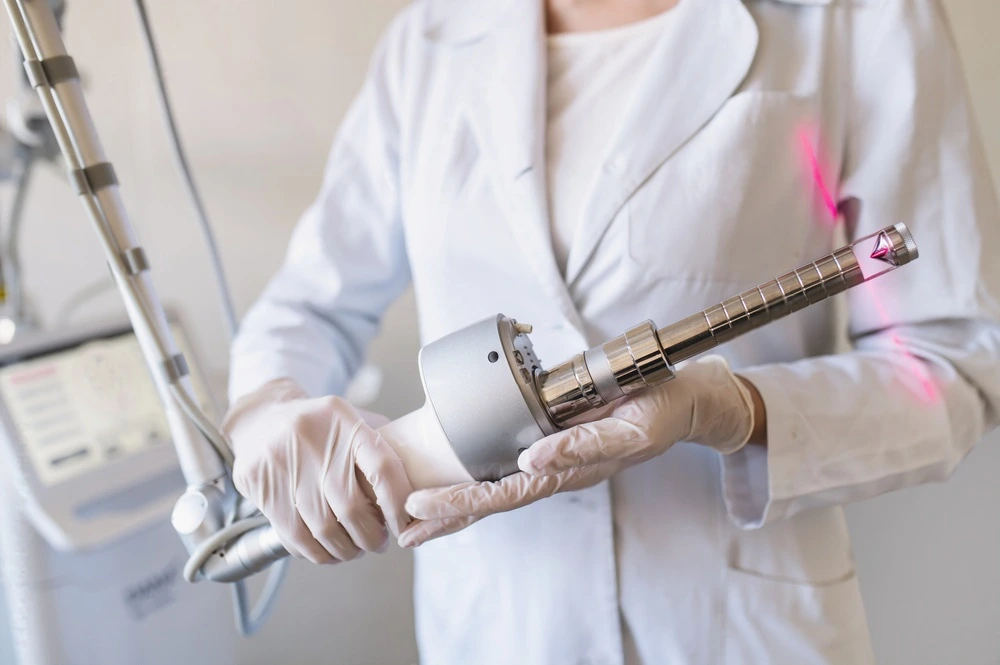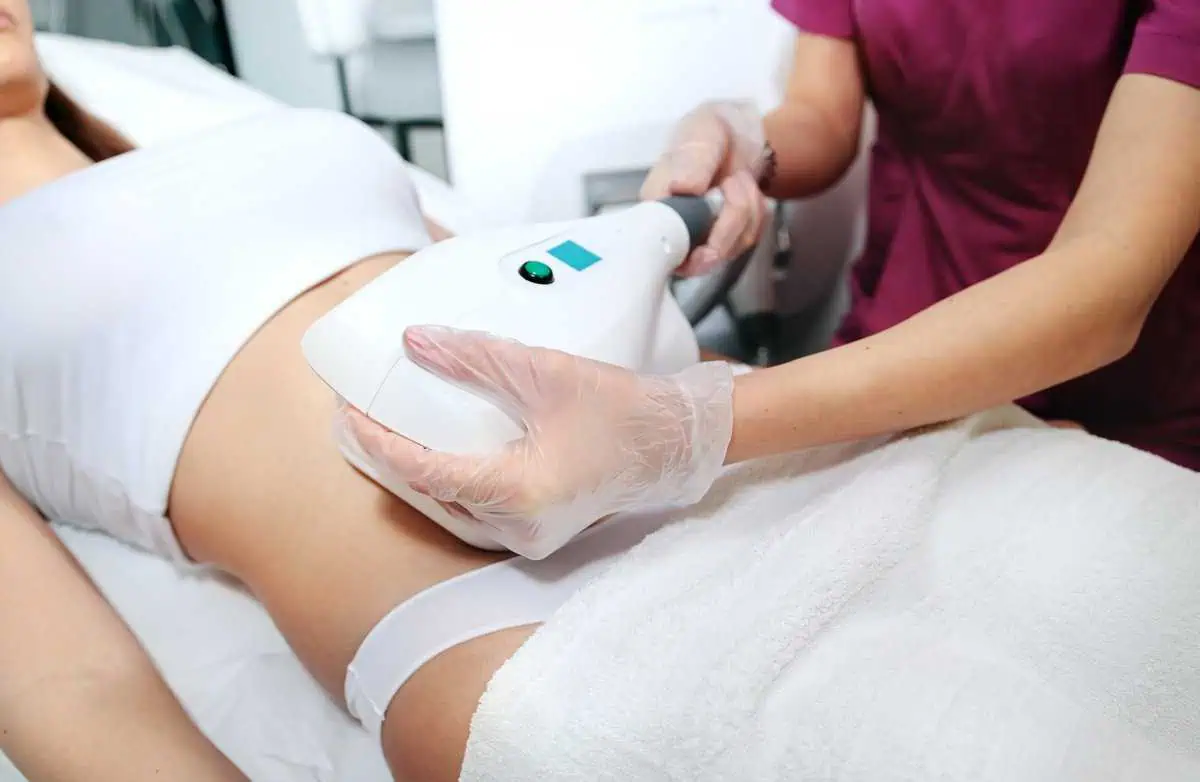Vaginal Tightening Surgery (and Orgasms!)
Today’s blog entry will discuss the technical (surgical) procedure designed specifically to promote vaginal tightening for the specific purpose of producing additional pressure, friction, and stretch on the sensual nerve receptors in a woman’s anterior (upper) vaginal wall, in the depths of her vagina and cervix, and in the pelvic floor above her rectum and anus. This is in absolutely no way meant to denigrate the clitoral orgasmic experience, which stands on its own. It’s just that if vaginal laxity has developed over the years, after childbirth(s) and with aging, the friction and vaginal distension necessary for vaginally activated orgasm may be less robust. Additionally, with age one’s husband/partner’s penile girth and rigidity may have slackened, and more friction may be necessary for his orgasm as well.
This leads me to the particulars, rationale, and outcomes of so-called vaginal tightening, vaginal rejuvenation, and vaginal reconstruction. Whatever name you give it, in skilled, trained hands (which, unfortunately, does not necessarily include your average general Ob-Gyn) these operations serve to tighten the vaginal barrel to produce greater friction, resulting in greater swelling and stretching of the vaginal canal to provide greater pressure on the erectile tissue of the inner areas of the clitoral complex buried deep in the anterior vaginal wall in the area of the so-called “G-Spot,” as well as expansion and sensual pleasure derived from the autonomic fibers in the cervix, posterior vaginal wall, and especially in the G-Spot area, along with the clitoral complex.
These operations are designed to anatomically change the angle of the vaginal canal from its frequently lax, more horizontal post-childbirth position, in addition to bulking and strengthening the pelvic floor. They also re-establish the downward tilt that nature gave it prior to when the forces of childbirth(s) broke it down (This happens in some women more than others.) By tightening the barrel and elevating the perineal body, the effect is to provide additional bulk to a penis that in reality may be a bit smaller than it once was, and to push it more firmly against the G-spot.
How is this done surgically? Surgery is performed in either a hospital or a surgical center usually under a general anesthesia. While the technique is reproducible from patient-to-patient and has a basic surgical structure, I cannot emphasize enough the importance of seeking a surgeon experienced in the performance of these procedures, specifically for reasons of enhancement of sexual pleasure and not simply for correction of incontinence or pelvic relaxation (though these goals may also be accomplished with a tightening operation).
After suitable anesthesia and adequate exposure of the outer half of the vagina and perineum has been established via a special retractor system designed specifically for this purpose, a kite-shaped incision is made with a special radiofrequency (RF) needle, laser fiber, or scalpel in a kite-shaped design. The top of the kite is in the midline, about 1½ – 2½ inches within the vagina and the wings of the kite at the vaginal opening/old hymenal ring area at about 4 o’clock and 8 o’clock positions and the tail of the incision in the midline around half to 1 inch above the anal verge. After the (frequently attenuated) fibrous sub-vaginal support tissue has been taken down from the vaginal skin, the superficial vaginal, vestibular, and perineal skin as well as all of the underlying scar tissue from obstetrical episiotomies/lacerations and subsequent repairs is removed, exposing the supportive but stretched muscle bundles.
The whole area is repaired with a 3-layer closure, first re-approximating the pelvic floor (levator) muscle bundles with large-caliber absorbable sutures, then covering these by re-approximating the fibrous fascia, gathering and strengthening it in the process and placing 2 or 3 crown sutures. The process includes firmly building up and re-approximating the muscular wall of the vaginal opening, resulting in an aesthetic, cosmetic reconstruction of the vaginal opening, recreating the vaginal opening that existed pre-childbirth.
Patients will often augment the surgical repair with a 3-6 (or more) month series of pelvic floor exercises to further strengthen the newly re-approximated musculature. This may be done by incorporating specific vaginal muscle training devices and frequently add the services of a pelvic floor physical therapist to further improve post-surgical results.
Who you choose to perform your pelvic floor tightening procedure does make a difference. While most general Ob-Gyns have adequate training in general vaginal pelvic floor operations, only a few are specifically trained in surgery designed for the purpose of vaginal tightening for the reason of enhancement of sexual pleasure.






